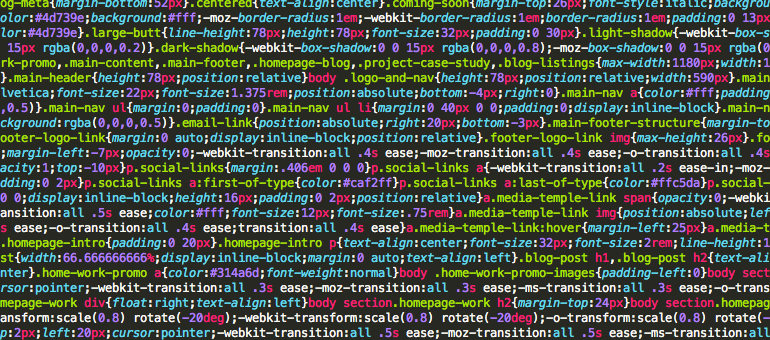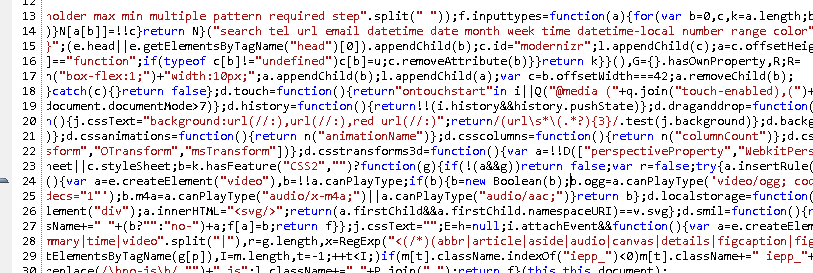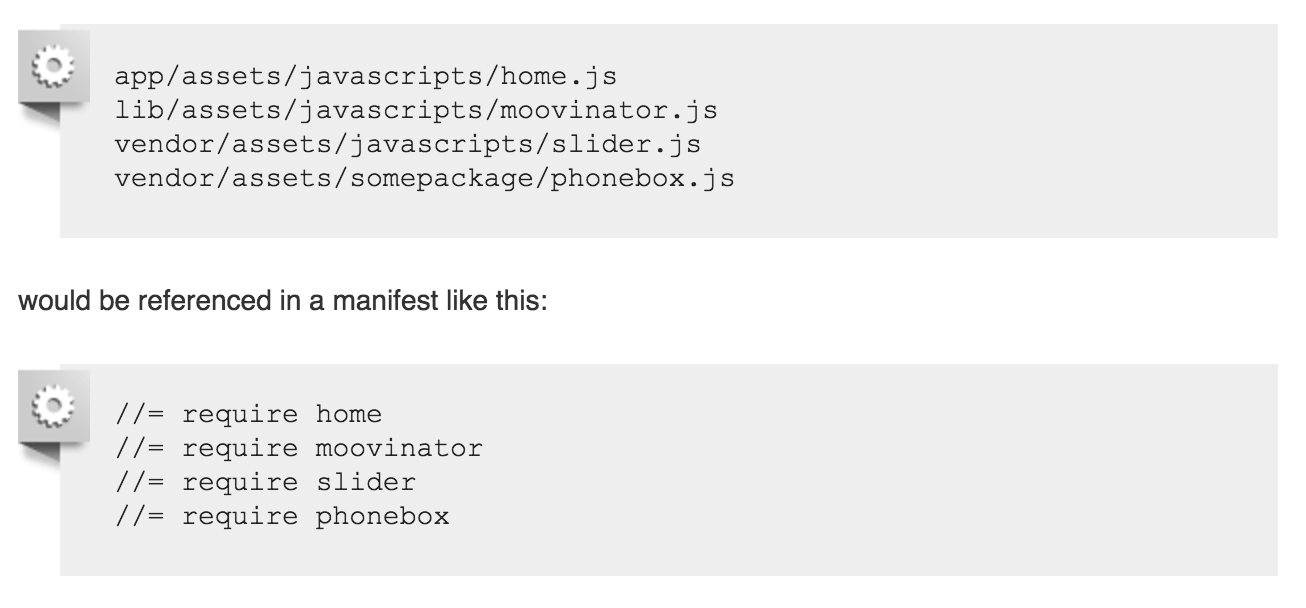We have updated the content of our program. To access the current Software Engineering curriculum visit curriculum.turing.edu.
Intro to the Asset Pipeline
Intro to the Asset Pipeline
Warmup
- What do you already know about the asset pipeline?
- What have you heard?
Learning Goals
- Explain the purpose of the asset pipeline
- Explore Heroku
- Run your app in the production environment locally
What Are Assets
- Javascripts
- CSS files
- Images
Where Do Assets Live?
app/assets: assets owned by the application; includes custom CSS, JS files, and imageslib/assets: assets you created, but aren’t necessarily specific to your applicationvendor/assets: assets created by third-parties.
note: the files in app/assets are never served directly in production. note: assets in lib/assets and vendor/assets will not automatically be included in the precompile process
The Asset Pipeline
- Sprockets gem, enabled by default
- Asset loading is expensive
- Faster asset loading = faster performance
- Framework to concatenate, minify, and preprocess JS, and CSS files
- Depends on gems: sass-rails, uglifier, coffee-rails
Asset Pipeline Scavenger Hunt
What Does Minified CSS Look Like?

What Does Minified JS Look Like?

Duties of the Asset Pipeline
- Precompiling higher-level languages - Sass for CSS, CoffeeScript for JavaScript
- Concatenating assets - one master .js file and one master .css file which reduces the number of requests a browser makes in order to render our web page
- Minifying files - removes whitespace, comments, and shortens variable names
Manifest Files
app/assets/javascripts/application.jsapp/assets/stylesheets/application.css
Directives in Manifest Files
- Processed top-to-bottom
require_tree .recursively requires all files within app/assets- Files required in the manifest can live in app/assets, lib/assets, or vendor/assets
Directives in Manifest Files

How Does Your App Know About the Master JS and CSS File?
In app/views/layouts/application.html.erb:
<%= stylesheet_link_tag "application", media: "all" %>
<%= javascript_include_tag "application" %>
Heroku
- When should you push to heroku?
- Who should push to heroku?
- Adding a collaborator: don’t clone the app from Heroku!
- Add the Heroku remote instead (
heroku git:remote -a app_name)
Do you need to keep the strange name that is automatically created for you?
https://enigmatic-lowlands-98091.herokuapp.com/
Master
- Heroku likes your master branch
- If you don’t want to push master, you need to do
git push heroku your-branch-name:master
Databases
- Will need to migrate/seed on heroku
- Unable to create/drop on heroku
- Instead, you can
heroku pg:reset DATABASEif you need - Don’t get too comfortable dropping your production database!
What about your assets?!?
- Heroku precompiles your assets automatically
- Precompiled assets receive a ‘fingerprint’ to override caching strategies when they change
- In order to access your some assets you’ll need to use helpers to access the fingerprinted version of the asset that’s being served
Debugging
heroku logsheroku logs --tailrails_12factor- in production for earlier versions of rails. Does not need for newer rails apps. Works with heroku.
Running Your App in Production Locally
Set SECRET_KEY_BASE
rake secretexport "SECRET_KEY_BASE"="long_string"
Adjust production.rb
In config/environments/production.rb
config.consider_all_requests_local = true- Comment out the following:
config.public_file_server.enabled = ENV['RAILS_SERVE_STATIC_FILES'].present?
- Copy and paste that line and set that variable to
true, e.g.:
config.public_file_server.enabled = true
Load DB
create_user -s -r app_nameRAILS_ENV=production rake db:create db:migrate db:seed
Precompile Assets
rake assets:precompile
Run Server
rails s -e production
Clobber
rake assets:clobber- Undo changes to
config/environments/production.rb